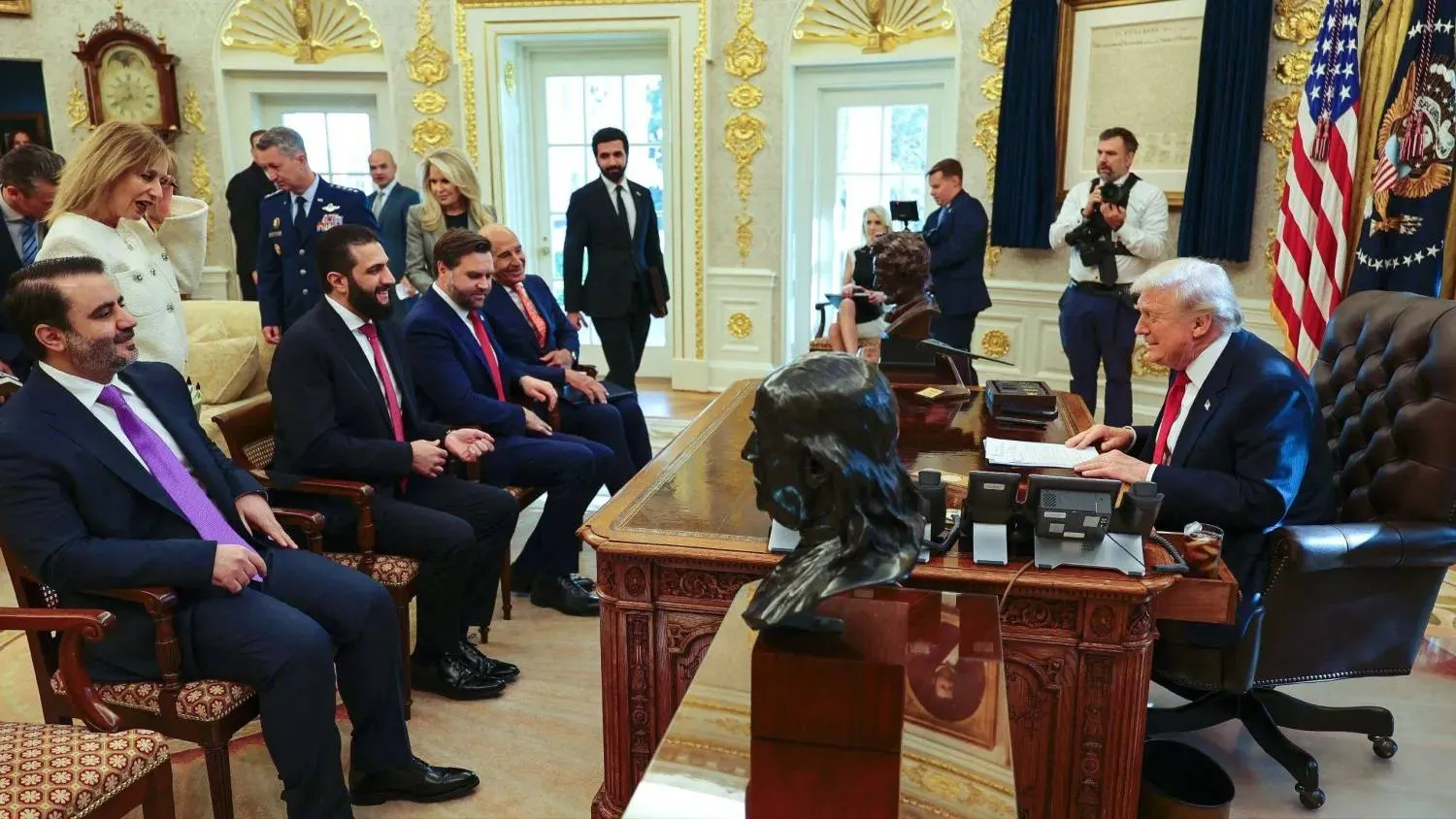Residents of Nur Shams camp in the occupied West Bank are fearful for their future after an Israeli raid this week damaged the UN agency for Palestinian refugees office there.
The 13,000 inhabitants of the camp near the northern city of Tulkarem depend heavily on the United Nations Relief and Works Agency for Palestine Refugees.
UNRWA notably runs two schools, a clinic and sanitation services in Nur Shams.
Stunned refugees watched as workers cleared rubble from around the office, which was almost totally destroyed in an "anti-terrorist" operation on Thursday.
"For us, it's UNRWA or nothing," Shafiq Ahmad Jad, who runs a phone shop in the camp, told AFP.
"For the refugees... they look to UNRWA as their mother," said Hanadi Jabr Abu Taqa, an agency official in charge of the northern West Bank.
"So imagine if they lost their mother."
UNRWA chief Philippe Lazzarini blamed the destruction on Israeli forces, saying they had "severely damaged" the office.
But the military firmly denied the accusations, telling AFP that the damage was "likely" caused by explosives planted by "terrorists".
The office will have to be relocated, "a significant investment" according to Roland Friedrich, the agency's head in the West Bank.
"The psychological impact, of course, is devastating," he added after speaking to residents on Saturday.
- 'Attack on right of return' -
From his phone shop whose facade was torn off, Jad watched as excavators removed rubble and technicians repaired communications cabling.
He said he believed the chaos was linked to the Israeli parliament's adoption late last month of a law banning "UNRWA's activities on Israeli territory".
Were the agency to disappear even from the Palestinian territories like Tulkarem, he said the streets would fill with even more rubbish and sick people would go without care.
"To want to eliminate it is to want to eliminate the Palestinian question," Jad said.
Fellow camp resident Mohammed Said Amar, in his 70s, said Israel was attacking UNRWA "for political ends, to abolish the right of return".
He was referring to the principle that Palestinians who fled the land or were expelled when Israel was created in 1948 have the right to return, as do their descendants.
He insisted that Palestinian armed groups did not use the UNRWA premises, which locals consider "sacred".
If the army destroyed the building, as he believed, this meant it always wanted to target it.
Nihaya al-Jundi fumed that daily life was paralysed after every raid and that impassable roads left residents isolated.
Nur Shams needs international organizations like UNRWA to rebuild, said Jundi, whose center for the disabled was damaged and where the wheelchair ramp collapsed.
The camp, established in the early 1950s, was long a fairly quiet, tight-knit community.
But in recent years, armed movements have taken root there against a backdrop of violence between Palestinians and Israelis, economic insecurity and no political horizons.
- 'They worry' -
Two days after the Israeli operation, the internet was still not repaired and some main roads remained an obstacle course.
UNRWA's operations have resumed, however.
"The first thing we do is that we make sure that we announce that the schools are open," said the agency's Jabr Abu Taqa.
"We know how important it is for us to bring the children to what they consider a safe haven," she added.
As she strolled through the camp, many anxious residents approached her.
One young man pointed to a ransacked barber's shop and asked: "What did he do to deserve this, the barber? He no longer has work, money. What will he do?"
Mustafa Shibah, 70, worried about his grandchildren. He turned his radio's volume all the way up during the raids -- but the little ones were not fooled.
"My granddaughter wakes up (from the raids) and bursts into tears," he said.
"They worry, they have trouble getting to school because of the (damaged) road."
For him, the threats to UNRWA are just the latest example of the suffering of Nur Shams residents who feel abandoned by Palestinians elsewhere.
"Why is it only us that have to pay while they dance in Ramallah and have a good life in Hebron?" he asked.
He said Israel "feels they can do anything" with no one to stop them.









